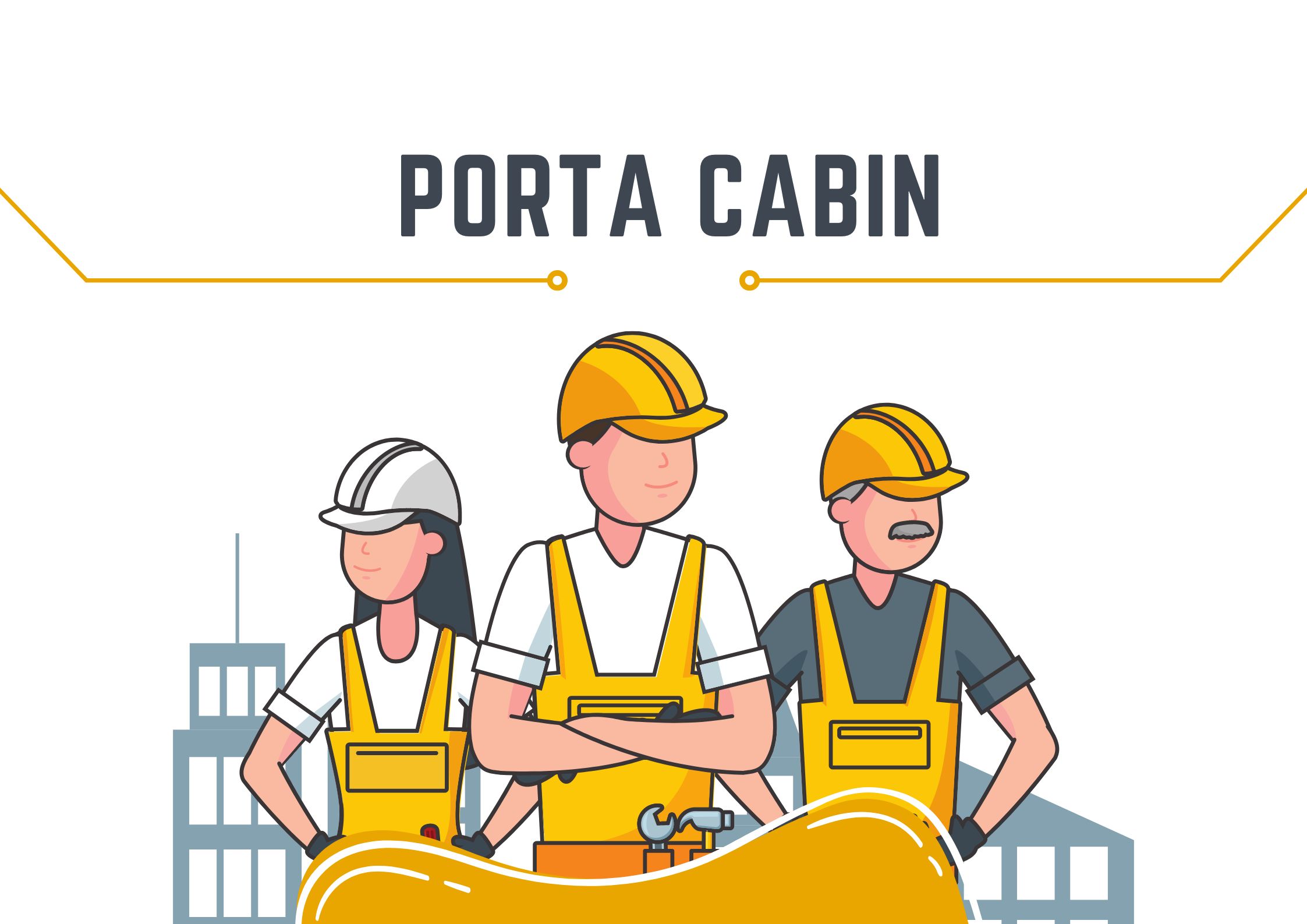How to deal with different parties No matter what, every business has people who have a stake in it. Stakeholders are individuals or groups interested in a company or a project and can impact its success or failure. Every business needs to manage its stakeholders well, and you can take steps to ensure you’re getting the most from your friendships with them.
The 5 Kinds of Stakeholders
Keeping track of stakeholders can be challenging, especially if you don’t know what kind you’re dealing with. Here are five different types of stakeholders and how to deal with each one:
1. Loyal Stakeholders
2. Influential Stakeholders
3. Passive Stakeholders
4. Active Stakeholders
5. Detached Stakeholders
Loyal Stakeholders are people who care about your business for the long term and are willing to put in extra work to help it. Most of the time, they are happy with the support and feedback you give them, but if they feel like their needs aren’t being met, they may ask for more. Try to keep them informed of significant changes and ensure that their concerns are always considered.
Influential Stakeholders can significantly impact your company and should be given the utmost respect. They might be able to change the minds of a lot of people, so it’s important not to turn them against you or treat them better. Make sure you pay close attention to what they say and take their advice seriously.
How to handle stakeholders
A stakeholder cares about the company or has a connection to it. They can be customers, employees, shareholders, or others with a stake in the business. Taking care of stakeholders well can help you and the company.
1. Understand what your stakeholders want.
The first step to effectively managing stakeholders is understanding their importance. This means figuring out what they require from the business and how to give it to them. It also means being aware of how they might affect how you run your business.
For instance, if a shareholder desires the company to make more money, they might try to get you to cut costs. In the same way, employees may want better pay and benefits or more chances to move up in their careers. To manage your stakeholders well, you need to know what’s important to them.
2. Talk to your stakeholders regularly.
It’s important to talk to the people who matter to you often. This allows you to keep them up to date on what’s going on in the company and make sure they understand your goals and aims. It also gives them a chance to tell you how you’re doing. For example, if a worker thinks that their work quality is declining, they may complain formally.
How to Handle Problems with Stakeholders
Stakeholders will sometimes have to deal with disagreements. When different groups have different goals and hopes for the project, it can lead to conflict. It can also happen when diverse groups see the same situation differently or don’t understand each other’s points of view.
To deal with conflicts well, you need to figure out what started them and deal with them directly. If problems can’t be solved, it may be necessary to make different teams work on other parts of the project. But in the end, it’s up to the stakeholders to handle their disagreements in a way that helps the project move forward.
Here are some tips for handling conflicts with stakeholders:
- Find the real cause of the problem. Is it because they have different goals or ideas? Is there something you need to say more clearly? Once you know what’s going on, you can start to fix it.
- Don’t try to avoid trouble. If there’s a problem, you should face it straight on. Don’t give in to intimidation or threats. This will only make the situation worse. Instead, try to talk about what needs to change calmly and sensibly.
Take care of stakeholder expectations.
Managing the expectations of stakeholders is essential for any organization. It’s important to know what the different people you work for want from you and then communicate with them well, so they’re happy with your work. Here are some ways to handle the expectations of stakeholders:
- Talk to your stakeholders openly and honestly. Tell them what you’re doing, why it matters, and what could happen. This will help them understand your choices and back them up.
- Make sure everyone knows what the project’s goals are. Set clear goals and ensure everyone knows what they need to do to help you reach them. This will help everyone stay on track and keep going.
- Be able to change when you need to. You should be ready to change your plans if something unexpected comes up. Stakeholders will like your flexibility, making them feel like they are still a part of the process.
- Be patient. Obtaining everyone with a new plan or strategy can take a while to get everyone on board, so be patient and let things happen as they should. If you keep trying to communicate and are proactive, things will work out.
Conclusion
Managing stakeholders can be challenging, but it can be done well with the right plan and strategy. When working with stakeholders, the most crucial thing to remember is to set clear goals.
Also, ensure that you keep track of progress and give updates to ensure everyone knows what is being done and why. Last, keep the lines of communication open so that everyone knows about any changes or problems that may come up. Managing stakeholders shouldn’t be too hard if you keep these tips in mind.




